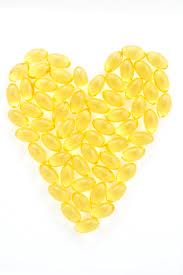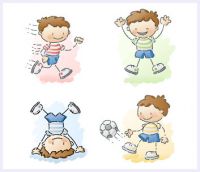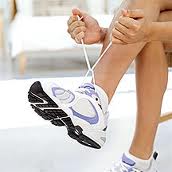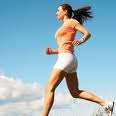Joint pain is not pleasant, and today, more and more people are beginning to suffer from joint pain at earlier ages than before. Active people, are complaining about sore, stiff and painful joints, and looking for a good natural relief from this discomfort. Fish oils are considered a dietary means of helping to deal with painful joint pain.
Why fish oil?
Well, fish oil contains EPA and DHA, commonly referred to as omega-3 fatty acids. Omega 3 has a number of beneficial effects on the body, including the joints. Omega-3 fatty acids have been shown to reduce inflammation by interfering with the production of inflammation-producing chemicals which stimulate pain nerves in the tissues. When you add these benefits to the others known to be associated with fish oil like lowering triglycerides, reducing the risk of blood clots, and benefiting both the heart and brain, there is no doubt that it is a beneficial joint supplements.
What foods contain omega 3?
Oily fish is the richest source of Omega 3. This includes salmon, mackerel, rainbow trout, fresh tuna, herring, shrimp, crab, sardines and pilchards. Weaker sources include flaxseed or linseed oil, rapeseed or canola oil, walnuts, and dark green vegetables.
How much should I eat?
2 portions of fish per week, at least one of which must be oily is sufficient for general health. This is equivalent to 500mg of Omega 3. 3-4 portions of oily fish, or 1000mg, is strongly recommended if you have heart disease or are at risk of heart disease.
Do I need a supplement?
You do not need a supplement if you are eating oily fish as recommended. If you dislike fish or have high requirements for omega 3, taking omega 3 in supplement form should be considered. There are many Omega 3 supplements on the market.








